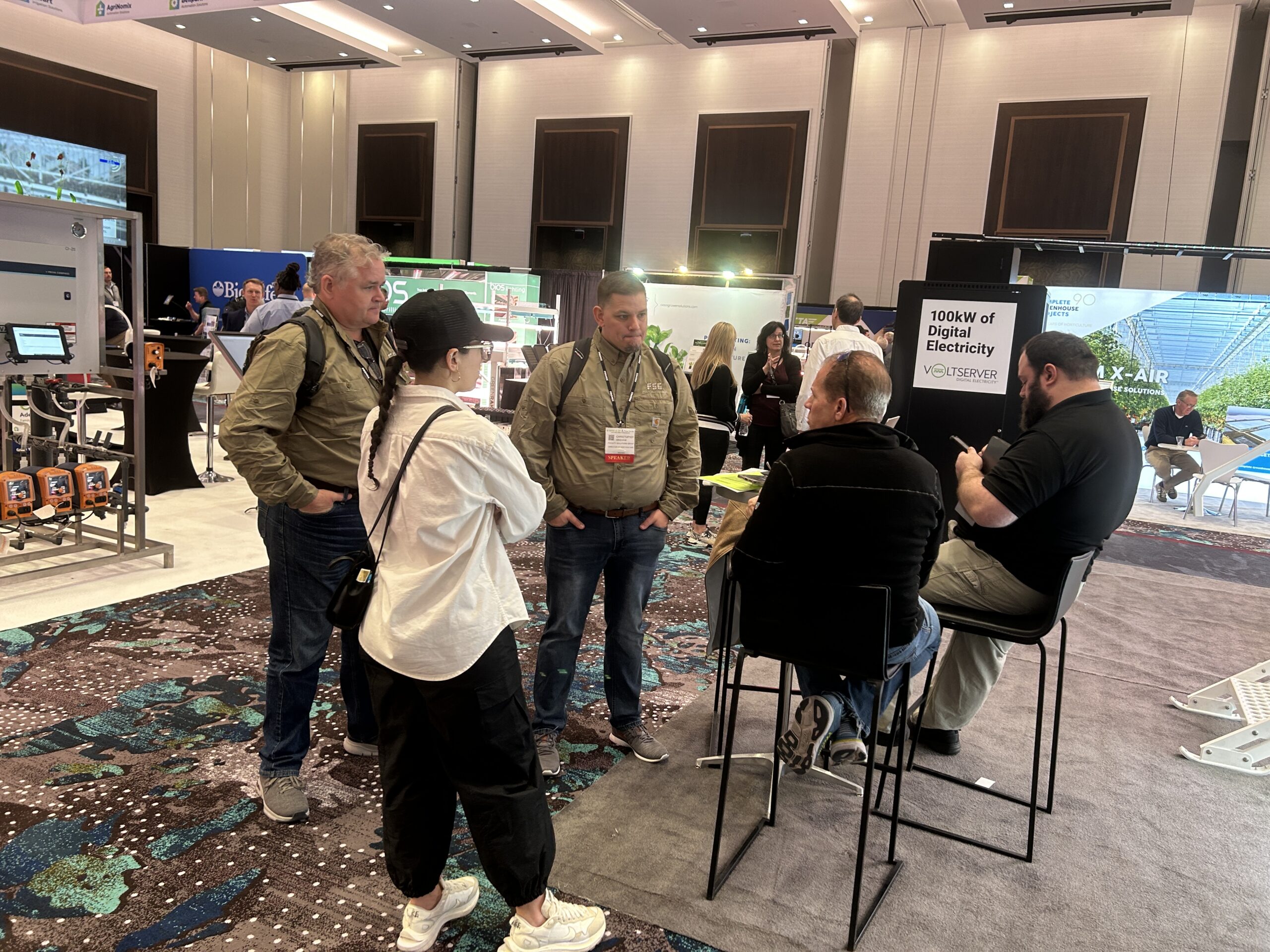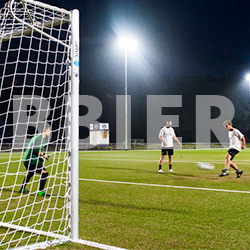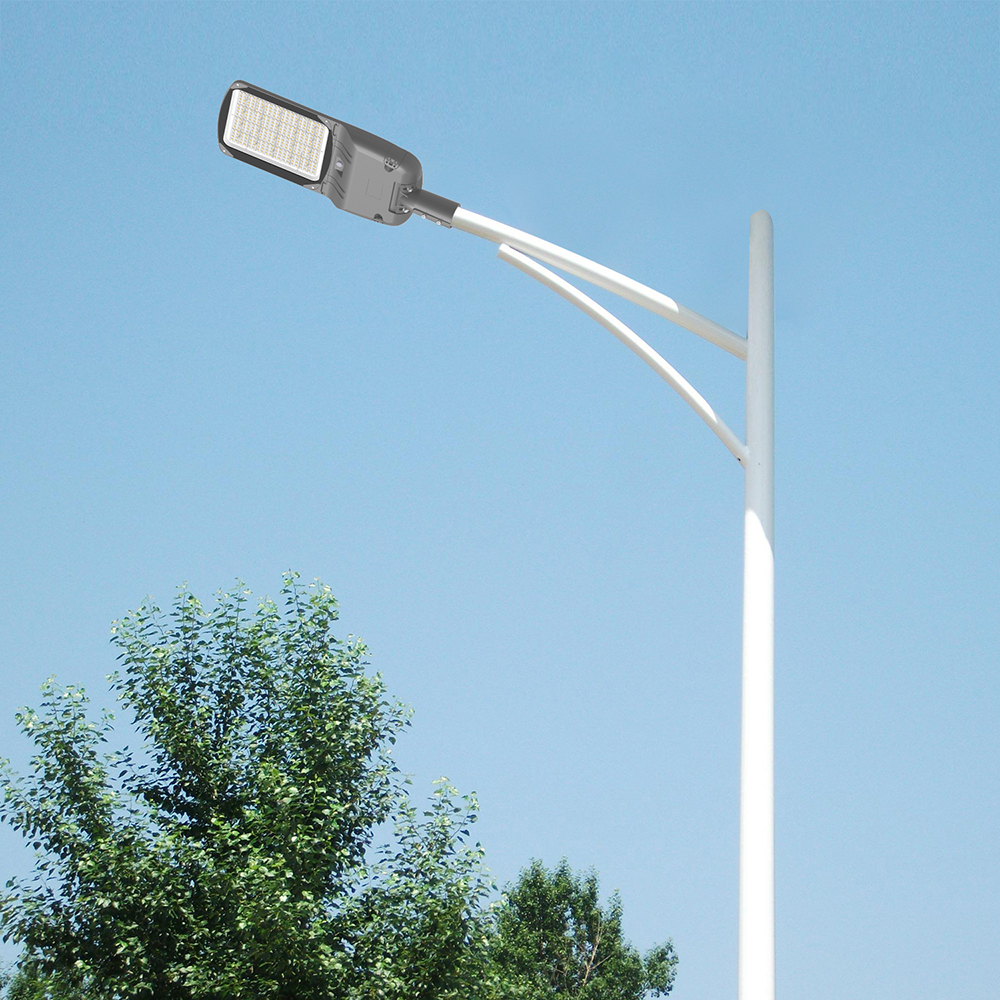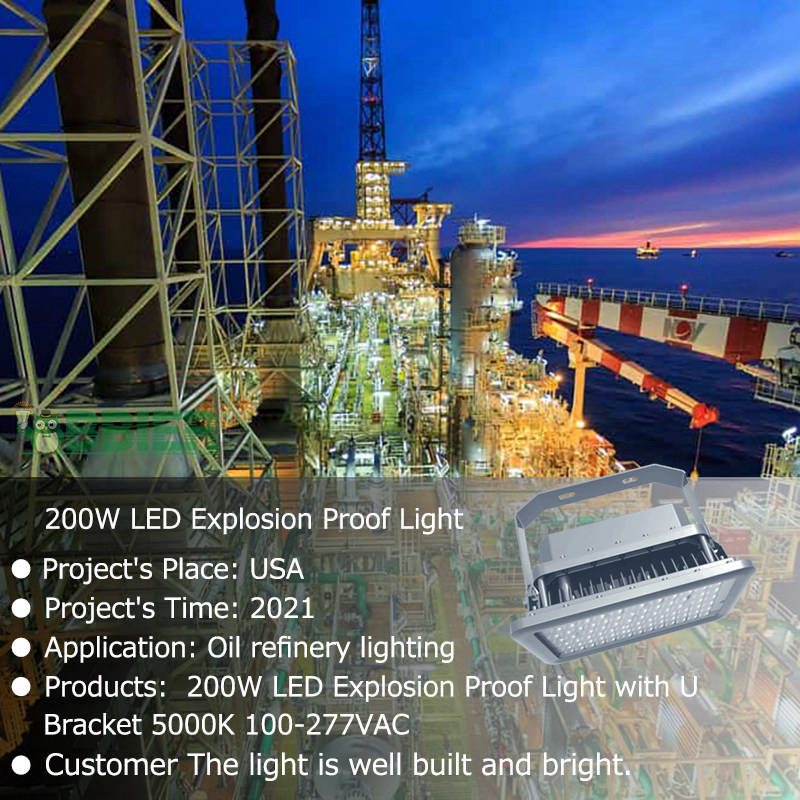They are outside. Offer rebates and incentives for your lights.
First, what’s the difference between Lighting Rebates and Lighting Rewards?
A lighting rebate is a program that allows customers to save money on lamps that meet certain energy efficiency standards. The Lighting Incentive is a program offered by utility companies, state and local governments to offset the cost of lighting upgrades when energy efficient lighting is installed.
LED lighting retrofits are often a significant upfront investment. With the rebate, businesses can save money on lights used in upgrades. With incentives in place, businesses can save a lot on upfront costs, the total cost of the project.
Through a program sponsored by the U.S. Department of Energy, companies are working to make switching to new lights more realistic for end users. The ultimate goal is to significantly reduce the country’s overall energy use.
For business owners, these rebates and incentives represent a huge opportunity. Designed to significantly reduce the need for large upfront investments, these plans can help you keep cash in your business.
Facility managers should contact their electric company early in the process. Many utility companies have discounts on lighting, which may influence their purchasing decisions. Some utilities even provide design and commissioning assistance.
Both these rebates and incentives require extensive detailed work, including audits, pre-approvals and final sign-offs. Following all the rules, dotting the i’s and drawing a line through the t’s, is the onerous process of making sure you qualify for a certain program.
We’ll explain how easy the process is, as trusted advisors take care of the confusion.
But first what do these programs actually look like?
Types of Rebates and Incentives
Rebates and incentives for upgrading your lights to new energy-efficient models are often offered by your utility company. Some are available directly from the manufacturer or from federal, state and local governments.
There are three main types of programs:
Instant Lighting Rebate
Think of these as “cash back” offers. These apply to specific light fixtures and fixtures and are usually associated with authorized dealers.
Main advantages:
There is no need to wait, the discount will be automatically included in the price. There is no variable. You know exactly how much you will save in advance. This is probably the easiest way to obtain a lighting discount
Main disadvantages
Limited to specific products, which may not match the business you want. Limited to authorized distributors, which means you cannot purchase products anywhere
Where can I find instant lighting discounts
The nature of these rebates means that prices are constantly changing. Although sponsored by the Federal Department of Energy, subsidies for these projects are provided through the state government.
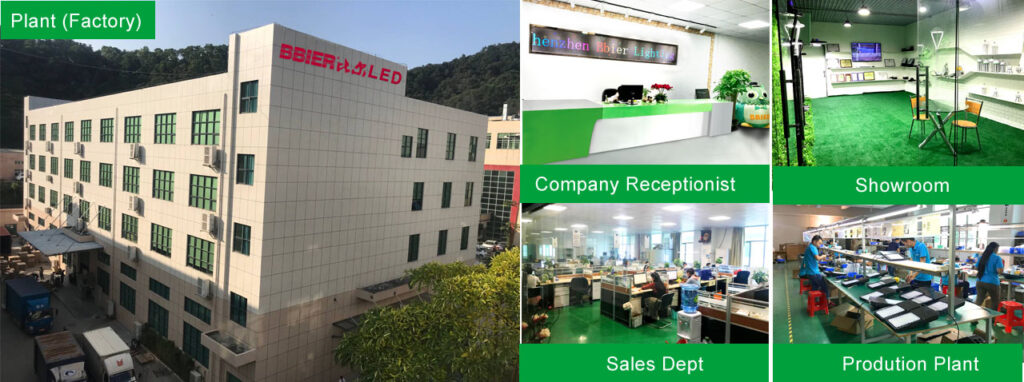
Required lighting incentives
The prescribed incentives will reward you for lighting modifications that meet certain standards. Typically, your utility company provides an amount of $for each DLC listed fixture installed.
Main advantages:
Helps significantly reduce long-term spending on energy bills
Main disadvantages
Requires greater upfront investment than other rebates and incentives. For some companies, extending payment times may not be a realistic option
Customized Lighting Rewards
With customized lighting bonuses (commonly referred to as “lighting bonuses”), the burden of upfront costs is greatly reduced. When you and your facility manager agree on the right public utility, state, or local government incentives, financial returns can be significant.
Main advantages:
Wider lighting possibilities and greater economic possibilities can incorporate labor costs into incentives
Main disadvantages
Complex rules and difficult to follow requirements make it almost impossible to execute your utilities alone requiring frequent system checks to ensure performance
Where can I find customized lighting rewards
An example of utility based incentives is the BBIER lighting renovation project at Pacific Management, Inc. in Albuquerque, New Mexico. BBIER provided the perfect solution for the complex, saving 77% of costs through incentives. 4969 fixtures were replaced, reducing 570977 kWh per year.
An example of state based incentives is the Argonne National Laboratory near Chicago. The Illinois Department of Commerce and Economic Opportunity’s incentives covered nearly 30% of their lighting projects, saving nearly $50000. In addition, ANL can save nearly $40000 in energy use annually.
Even this brief summary makes lighting rebates and incentives seem like a huge and complex process. But like any process, you just need to know how to navigate it and make the program work for your business.
Is an audit required?
For most incentives, yes.
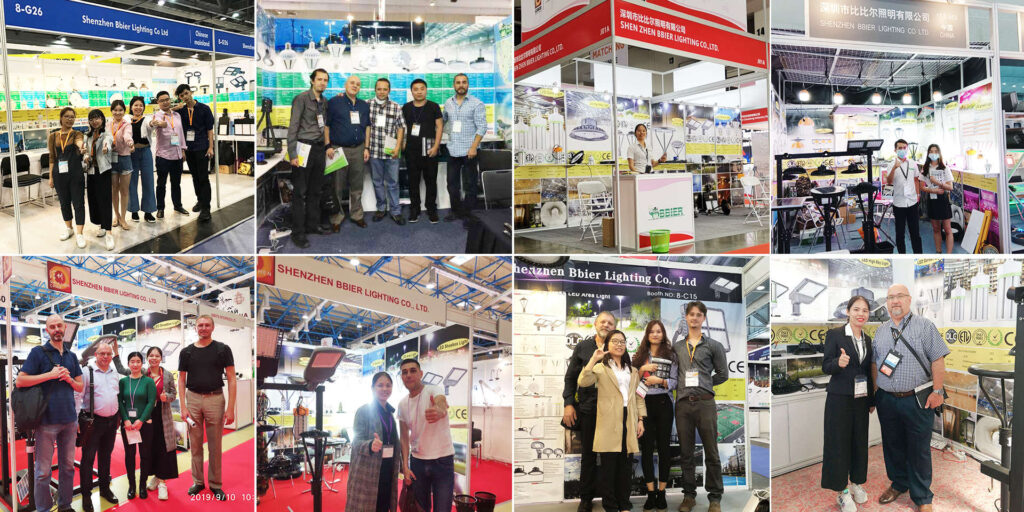
One of the requirements for most incentives is prior approval of audits. Your utility company will send a representative to inspect your site and lighting, and even carefully check your qualifications before starting the project.
This audit is significantly different from the standard lighting audit performed by the lighting contractor. The lighting contractor audit will provide you with accurate lighting assessments and provide you with the best lighting solutions and accurate recommendations.
The audit will also allow your lighting contractor to provide you with expected energy savings estimates upon completion of the project. This helps companies understand the payback period to recover the initial cost of upgrades.
Your renovation plan will also be reviewed to ensure that the planned lighting and fixtures are within the scope of the award.
Looking for trusted consultants
As we have said, these procedures and their rules can be daunting. This is one of the reasons why so many companies rely on lighting contractors to obtain these incentives.
BBIER has lighting rebate and reward experts to help our customers earn every penny they deserve.
If you are considering upgrading lighting for your business, please consult a trusted consultant first. Whether you’re working with BBIER or someone else, make sure you have a trusted advisor around you.
BBIER will strive to provide you with the best rebates and incentives to make your project more affordable, especially at a time when companies like this need it most.BBIER®, Professional Commercial LED Lighting Manufacturer & Company & Supplier & Factory, Supplying UFO LED High Bay Lights, Temporary Work Lights, LED Dock Lights, LED Canopy Lights, Industrial High Bay Lights, LED Grow Lights, LED Gas Station Lights, LED Corn Light Bulbs, High bay Retrofit LED, Linear LED High Bay Lights, LED Vapor Lights, Grow Light Tubes, LED Emergency Lights, LED Exit Signs, LED Classroom Lights, Portable LED Work Lights, Rechargeable LED Work Lights, LED Strip Lights, Explosion Proof LED Lights, LED Stadium Lights, LED Post Top Lights, Solar Post Top Lights, Adjustable Wattage Colour LED, LED Shoebox Lights, Solar Street Lights, LED Street Lights, LED Wall Pack Lights, LED Flood Lights, LED Parking Lot Lights, LED Retrofit Kits, LED Bollard Lights, Solar LED Bollard Lights, LED Garden Lights, Solar LED Garden Lights, Solar Flood Lights, Solar Lawn Lights, Neon LED Signs, 5G Smart Street Lights, LED Light Pole, Portable Power Station etc. We have over 13 years of commercial lighting R&D experience, 50+ LED lights patents, 200+ LED Lights Certifications, Support OEM & ODM, 5 Years Warranty.

